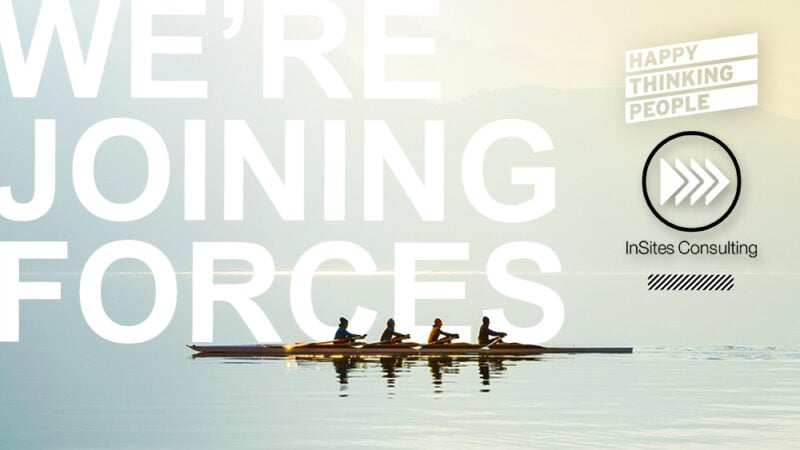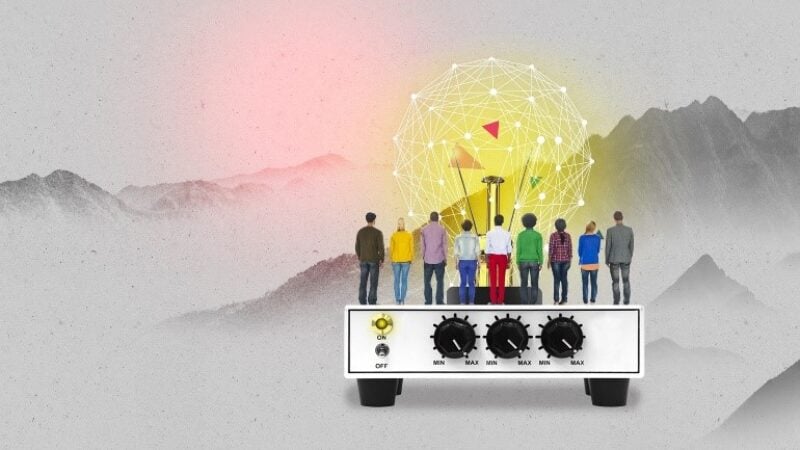Silicon Valley Change League Tour – Day 4
InSites Consulting was recently elected as one of the winners of the BNP Paribas Fortis Change League competition, putting companies in the spotlight that have been (radically) redefining themselves in light of a changing environment. Being among the winners, Tim Duhamel and I have the unique opportunity of spending a week in Silicon Valley with a group of 18 other Belgian entrepreneurs and CEOs, tapping into the ground zero of innovative ideas, disruptive technologies and entrepreneurship. Every day, we will write down our learnings, thoughts and ideas based on what we have experienced.
QUID
Our first stop is at Quid, which is focused on solving the problem of dealing with the huge amount of data society is creating, 80% of which is unstructured. Their story initially goes back to the role their founder Sean Gourley played in understanding wars and more specifically the Iraq war. Most existing tools are not suited to deal with complex questions and do not provide context. Quid reads (consume) and organizes (context) information on a massive scale and lets you see connections. Augmented intelligence is what they believe in: blending computer intelligence with human intelligence.
How does the technology work? An algorithm reads text from public economic data (patents, private investments, newspapers, etc.), public consumer (social media) data or dragged in data from specific owned data sources. Then it strips out meaningless words, creates a mathematical fingerprint of a document and develops connections between different fingerprints. The result is an overview of different networks containing massive amounts of documents. What is really cool is that, depending on the similarity of content that is scraped, Quid gives a color code to content that is similar in nature, creating natural segments in the network (e.g. interpretation of facts, objective facts, discussions related to impact on politics, etc.).
Quid believes the future of search will be much more visual, slicing and dicing information based on different tags, much more in line with how our human brains work. Current limitations are that Quid is not yet able to read videos and images and that text is only processed in English at the moment.
Our key take-away
The Quid case shows the tremendous power of visualization. In the future, we expect to see a big shift in the way we consume data, moving from static, one-off and textual information to dynamic, continuous and visual information. They lift the bar and create a new norm when it comes to accessing and manipulating data on the fly.
SQUARE
Square wants to support businesses to allow their customers to pay whichever way they want. One of their clients is Starbucks for which they process every single credit and debit transaction for all their stores in the US. Their ultimate mission is to become a one-stop for businesses, making commerce easy both from a seller and buyer point of view. Easy also means making things simple: they charge a flat 2.75% transaction fee, independent of the fees credit card companies charge (which means that for some they are making a loss). Their sweet spot is primarily smaller sized businesses, unlocking a market that did not exist before. However, larger businesses are also using their services: for example, if stores are too crowded as a result of sales promotions in order to allow processing of payments outside of the store. While payments was their point of departure, they have expanded their services in many different directions. For example, they allow merchants to keep track of their sales, busiest hours, inventory and so on via point-of-sales analytics software. Via their marketing services suite of solutions, they facilitate merchants with customer engagement, by making appointments, setting up an online store, developing gift cards, dealing with digital receipts and so on.
What about the future? They realize they cannot become everything to everyone: they want to stay close to the core of payments, but in line with their core mission they will facilitate smart and easy integration with existing vendors on the market.
Our key take-away
Square helps strengthen smaller vendors all over the world, equipping them with much the same commerce tools as larger companies have. It is a nice illustration of the democratization of entrepreneurship, again with the mobile platform playing a crucial role. They show the power of bundling, uniting different elements for a specific target group, in a super convenient way.
After taking a tour of the Google office building (food available everywhere and a massage room to help you relax), we talked about the future of retail, the way in which Google builds and nurtures its culture, and the innovation infrastructure Google has put in place.
Nate Bucholz, head of the US retail industry, kicks it off with his view on the future of retail. The retail environment has been undergoing various transformational changes: scaling, vertical integration, category killing, discounting & everyday low pricing, and finally online shopping. While gradually eroding, 93% of all retail is still offline. What has changed is the digital influence to convince people to do what you want them to do. The big shift in retail is triggered by the fact that we are used to getting everything we want online and that mobile is omnipresent, collapsing all kinds of ‘tools’ in one single device.
Google wants to be a connector between consumers and retailers, striving to get deeper in the consumer’s mind in order to close the gap between those two worlds. One of the key challenges for brands today is to blend the online and offline world. From 2010 to 2013, we have seen a decline of 55% in foot traffic in-store, yet an increase of 13% in ticket size. The reason is that consumers go to a store with more purpose because they have been exploring their purchase options through online search and exploration. Online product searches in-store are on the rise (+86%), yet only 32% of retailers are giving shoppers access to inventory information for in-store products. And 25% of shoppers are watching online video while in store to learn more about products. Product delivery and pick-up options are proliferating, take the example of Google Express. While it is still loss-making today, further scaling (for now available in 10 cities in the US) will drive profitability. And profitability will definitely look better once Google integrates this with self-driving cars or drones for delivery … Nate closes his presentation as follows: “Fight the Tyranny of the OR”!
Up next was Tom De Block, doing a session on innovation at Google. Google gets about 4 billion search requests per day, spinning off in many different application areas. The truth is that Google does not believe any company can own innovation, but it does believe that you can build in principles and habits to deal with accelerated change and disruption. Google X is one of those build-in formats, with Google going after different moon shots: can Google increase people’s lifespan or can it make the internet accessible to everyone, in remote areas as well (project Loon and project Titan, both competing with each other)?
Treating innovation as a state of mind, Google embraces 3 principles: focus, freedom and 10x. When it comes to focus, there is only one type of focus for Google: focus on the user, the rest will follow! If we don’t supply what users want, someone else will, even when this puts short-term revenues under pressure. Involve your customers and test your own products (eat your own dogfood)! The second dimension Google applies is freedom: anyone at Google has the possibility to spend 20% of their time on a project of your choice. Freedom also means creating an environment where you can tap into a wide, diverse and mad crowd of innovators, sharing everything you possibly can. Ownership of ideas does not really exist: any PowerPoint presentation can and will be used by other people without being asked for. Finally, when it comes to breakthrough innovation, Google believes your target should not be to improve 10%, but instead to improve it 10 times. As Larry Page put it: “Incremental improvement is guaranteed to be obsolete over time”. Make sure crazy ideas have a place in your company. Just do it: sometimes just trying is better than thinking too hard about how to do things. Think about restraint as a technique to spur the creativity of people. Tom’s final message: “It is never too late to be early.”
Cara O’Shell, Employee Recognition Manager, shared with us the philosophy of Googlers. Google gets about 2 million resumes per year, but how to narrow that down to the people Google wants to attract, keep and grow? 3 core elements are leading to Google when it comes to building and managing its culture: mission, transparency and voice. What is important is that all people decisions are supported by science and data. For example, the healthy food is more visible than the snack-like food. With respect to cognitive ability, Google learned that brain teasing questions that were initially used are not correlated to job performance. So don’t expect a question on “How many people can we stack up to get to the moon?” during your recruitment talk with Google anymore :-). Nooglers are people new to the Google organization: they get buddies guiding them through the company during the first 3 months, helping them to grasp the softer side of working at Google. All in all, we felt (and were a bit surprised) that Google is applying relatively traditional HR management procedures: it is still using classic performance reviews, it is not experimenting with holacracy principles in a way Zappos does, and it is not participating in external benchmarking such as Great Place to Work.
Our key take-away
The Google case shows that innovation is an everyday practice which needs to build into the fabric of your organization. Next time you want to improve things with 10%, stop and start over again. And never forget it is NOT your customer’s problem, it is always yours. So eat your own dogfood and start involving your customers into your innovation process now, it is never too late to be early!
Missed our adventures of day 1, 2 or 3 of the Sillicon Valley Change League tour? Just visit them here:




